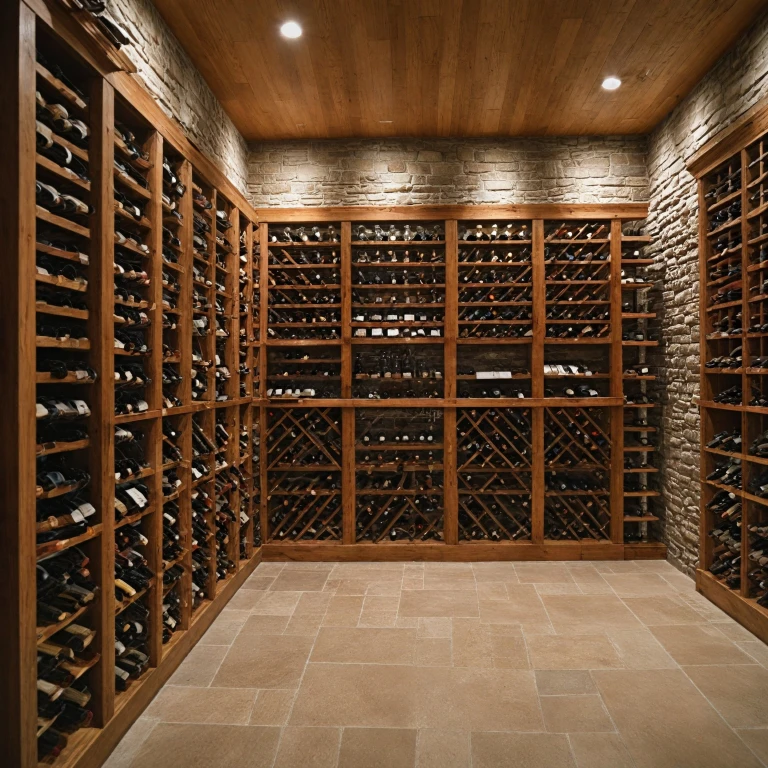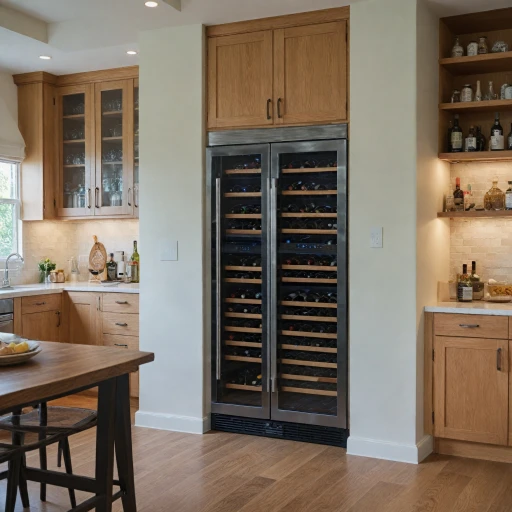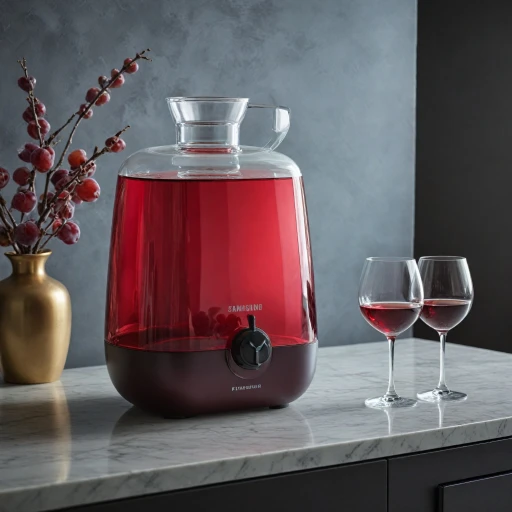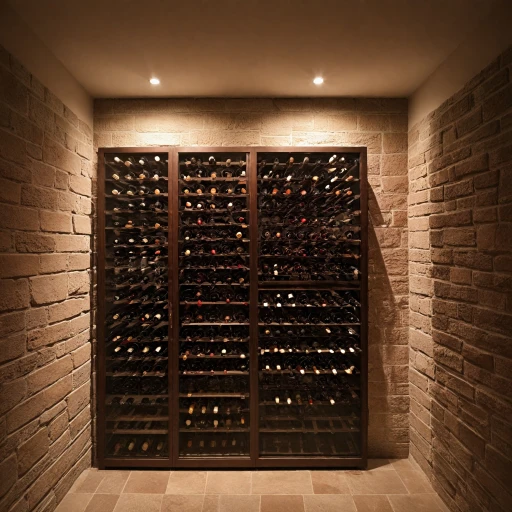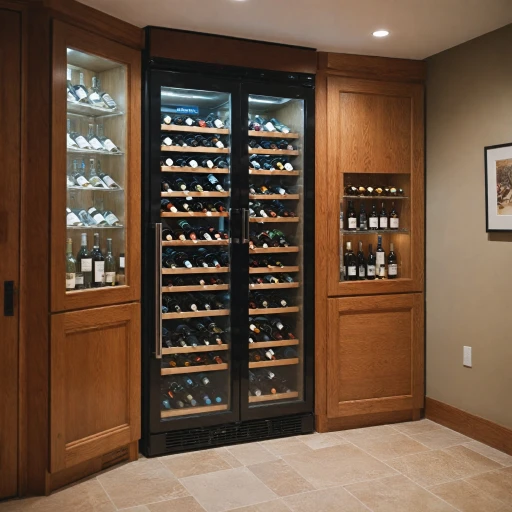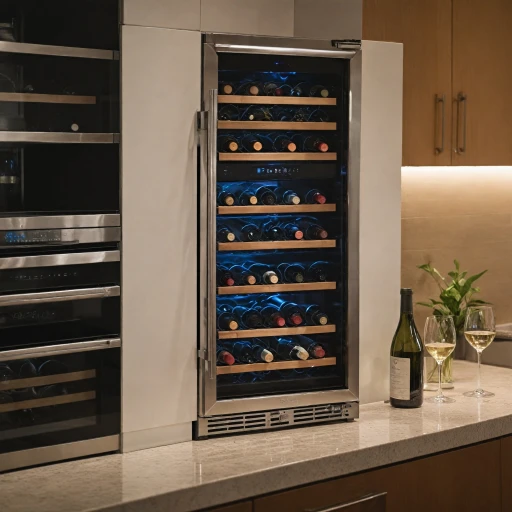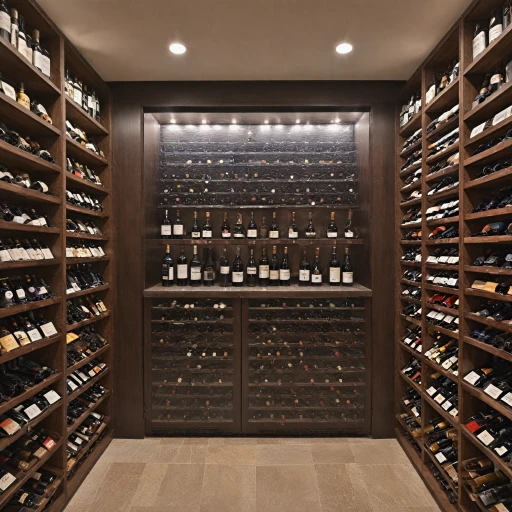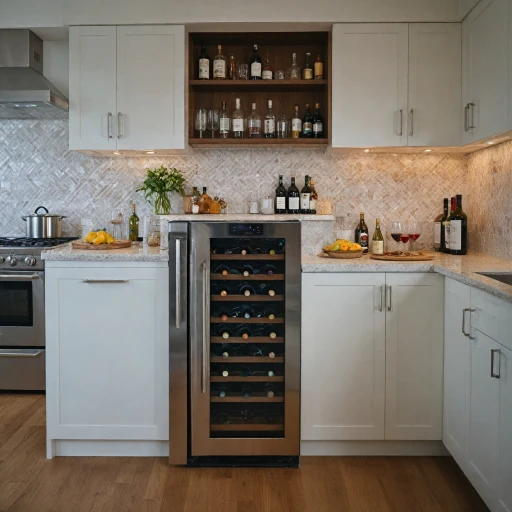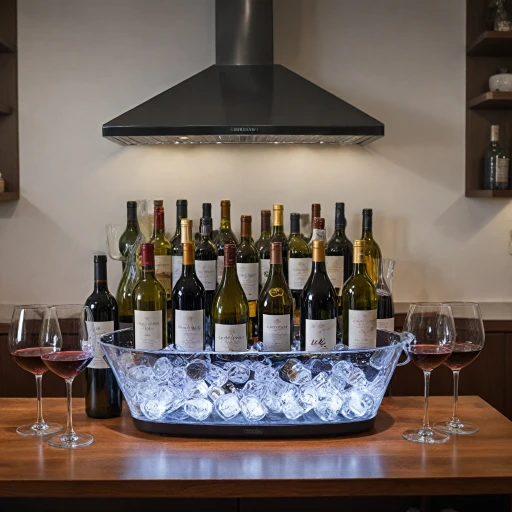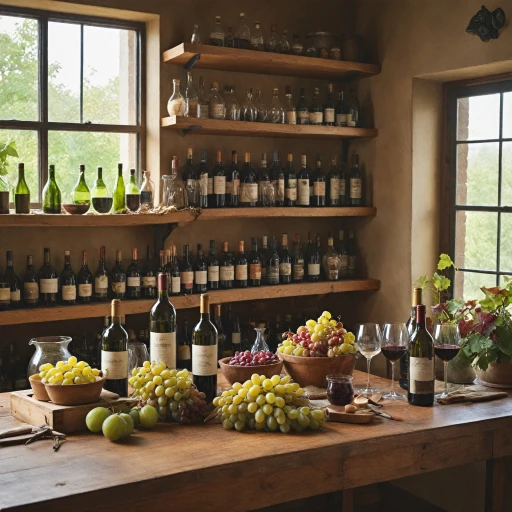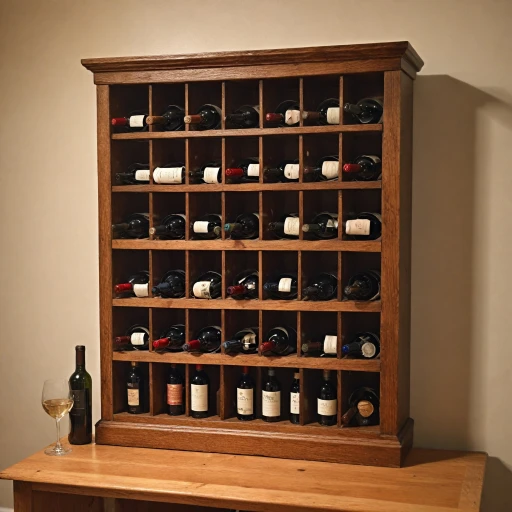
Understanding Wine Cellar Cooling Units
Recognizing the Importance of Wine Cellar Cooling Units
The foundation of an effective wine cellar setup is the right cooling unit. These systems are crucial for maintaining appropriate temperature and humidity levels, ensuring your wine ages as intended and remains at its peak quality. A well-maintained environment aids in preserving wine's flavor and aroma profiles.
Wine cellar cooling units come in various forms to suit different storage needs. With options ranging from fully ducted systems to ductless split and wall-mounted configurations, the choice depends on your specific cellar conditions and preferences. Whether it's a compact wine cabinet or a spacious cellar, the right unit ensures an optimal environment.
It's vital to distinguish between popular systems, such as split systems, which separate the evaporator and condenser, and more contained options like self-contained cooling solutions suitable for smaller spaces. For large wine collections, guardian systems or a ceiling-mounted series can offer the necessary coverage and efficiency.
Factors like wine cellar size, location, and room insulation will influence the type of cooling unit most suitable for your needs. When sizing your system, a professional assessment can provide insights into the ideal system capacity, factoring in ambient conditions and the layout of your wine storage. This is further explored in the subsequent sections, helping you make informed decisions for your wine cooling needs.
For those interested in various cooling technology, consider diving deeper into the essentials of cellar systems or crafting an efficient thermostatic environment through the right setup and maintenance practices. Crafting your own thermostatic wine cellar can provide more insights into these critical factors.
Key Features to Look for in Cooling Units
Essential Features for Optimal Wine Cooling
To ensure your wine collection remains in perfect condition, it is crucial to consider several important features when selecting a wine cellar cooling unit. Quality cooling systems should maintain the delicate balance of temperature and humidity within your wine cellar, especially when dealing with diverse wines.
Consistent Temperature Control
One critical aspect of a reliable wine cooling unit is its ability to provide uniform temperature distribution. Wine is sensitive to fluctuations, and these can compromise the taste and effectiveness of the aging process. Look for units that offer programmable settings and maintain a steady climate.
Humidity Management
A comprehensive cellar cooling system should also regulate humidity, preventing corks from drying out and preserving labels. Most units with integrated humidification features offer an advantage over dry systems. Aim for a target humidity range that protects your wine labels and prevents cork failure.
Noise Levels
An often overlooked feature, noise levels can impact the enjoyment of your wine cellar. Opt for quiet cooling systems or units designed to minimize noise for a more serene environment.
Energy Efficiency
Energy consumption is another significant consideration. Selecting an energy-efficient cooling unit can save on costs and reduce environmental impact. Many modern split systems and fully ducted units are designed with efficiency in mind.
Durability and Warranty
Ensure that your selected product comes from a reputable brand known for durability and reliability. A good warranty can provide peace of mind and protect your investment in case of malfunction or breakdown.
Design and Aesthetics
The visual appeal of your cooling unit shouldn't be neglected. Many opt for ceiling mount or wall mount options to seamlessly incorporate the unit into their wine cellar space, maintaining aesthetic harmony.
Types of Wine Cellar Cooling Units
Exploring Cooling System Varieties
Selecting the ideal wine cellar cooling system is crucial for maintaining the delicate balance of temperature and humidity required for optimal wine storage. Whether you're setting up a compact wine cabinet or a sprawling wine cellar, understanding the different types of cooling units is essential.
There are several types of wine cooling units, each suited to different needs and setups:
- Self-contained units: These are all-in-one systems that are easy to install and maintain. As the name suggests, everything you need is contained within the unit itself, with no need for separate components.
- Ducted systems: For a seamless, hidden cooling solution, fully ducted systems distribute temperature and humidity control throughout the space via ducts. These systems are ideal for those who want to maintain the aesthetics of their wine display without interference from the cooling apparatus.
- Split systems: These systems divide the components between the evaporator and condenser, allowing for more flexibility in installation and reduced noise within the wine storage area. Split systems can be ductless or use a ducted split configuration for improved efficiency.
- Ceiling-mounted options: For wine cellars with limited wall space, ceiling mount units can be a practical solution. These units integrate into the ceiling, conserving space and maintaining clean lines inside the wine cellar.
Whether choosing a wine guardian series or another product, it is important to consider the system capacity needed to handle the size of your wine collection. Assess your unique requirements and consult resources like our comprehensive guide for insights into choosing the right configuration for your space.
Sizing Your Cooling Unit Appropriately
Sizing Up the Best Fit for Your Wine Cooling Needs
Properly sizing your wine cellar cooling unit is crucial to maintaining the ideal environment for your collection. A cooling system that is too small might fail to maintain the desired temperature and humidity, while an oversized unit can result in temperature fluctuations and wasted energy.
When selecting a cooling system, consider the size of your wine cellar. An accurate measurement of the room's dimensions, including its ceiling height, is essential. Additionally, think about the storage capacity—i.e., the volume of wine bottles and wine racks you plan to accommodate.
Take into account the insulation quality of your wine cellar. Well-insulated spaces will require smaller capacity units compared to those with poor insulation. Factors such as ceiling and wall thickness, door construction, and potential heat sources nearby can all influence system capacity requirements.
It's also important to consider the specific type of cooling unit that will work best for your setup. For instance, a split system may offer flexibility by having a remote condenser, while a ductless split is ideal for reducing noise and allowing flexible placement. On the other hand, a fully ducted system offers quiet operation but may require more complex installation.
If your wine storage space is particularly compact or intricately designed, a ceiling mount or wall mount unit might be advantageous. It's beneficial to review ducted and ductless systems to decide what suits the architecture of your space best.
Consulting with professionals can help you make an informed decision, especially when considering brands like Wine Guardian, which offers a range of options tailored to varied wine storage conditions.
Installation and Maintenance Tips
Ensure a Seamless Installation
The installation of a wine cellar cooling unit isn't just about placing it in your wine cellar. It demands precise attention to detail to achieve optimal functioning. A careful approach is necessary, considering aspects like the positioning of the wine racks and the wine storage layout. Determine whether a wall-mounted, ceiling mount, or fully ducted cooling system best suits your cellar's design.
Regular Maintenance is Key
Just like any other cooling system, wine cellar cooling units require regular maintenance to ensure they operate at peak efficiency. Periodically check the condenser coils and clean them to avoid dust accumulation, which can impact the system's performance. Moreover, keep an eye on temperature and humidity settings, as improper configurations may adversely affect the storage conditions of your wine collection. Ensure the cooling unit operates within the specified system capacity.
Assess Potential Issues
Every wine cellar cooling unit, whether it's a ducted split or a ductless split system, can face issues over time. Being proactive about potential challenges can save you from unexpected storage problems. Issues like temperature fluctuations, water leaks, and noises are common in cooling units and are often attributed to incorrect installation or lack of upkeep. Familiarizing yourself with these challenges and understanding the solutions can mitigate disruptions to your collection.
Select the Right Professional
Lastly, while DIY projects can be tempting, ensuring the installation and maintenance of such systems are best handled by professionals. This not only safeguards the integrity of your storage but also leverages the expertise in identifying the right product for your cellar. With specialists familiar with wine guardian systems and other similar products, you can have confidence in extended longevity and performance of your wine cellar cooling systems.
Common Challenges and Solutions
Tackling Common Wine Cellar Cooling Unit Challenges
Maintaining the perfect environment for your wine cellar can be a complex endeavor. Here are some common challenges associated with cooling units and their solutions to ensure your wine collection remains in optimal condition.Temperature Fluctuations
Consistent temperature control is crucial for wine preservation. Inadequate insulation or oversizing of your cooling unit may cause temperature irregularities. To combat this, ensure your wine cellar is properly insulated and that the cooling unit is correctly sized according to your storage needs.Managing Humidity Levels
Humidity plays a pivotal role in preventing corks from drying out. A well-balanced system will maintain humidity above 50% to prevent oxidation, but if levels are low, consider investing in a humidity-controlling device or a unit with an integrated humidifier feature.Noise and Vibration Concerns
Certain units, particularly those with compressors, can produce unwanted noise and vibration, potentially disturbing the delicate composition of your wine. Look for cooling systems designed for minimal noise output, or consider ducted split systems which place the noise-generating parts away from the cellar itself.Maintaining Your Wine Cooling Unit
Regular maintenance of your cooling unit is critical to its longevity and efficiency. Ensure to:- Clean filters periodically to promote airflow.
- Check for dust accumulation on the condenser coils.
- Conduct periodic inspections on electrical connections.

